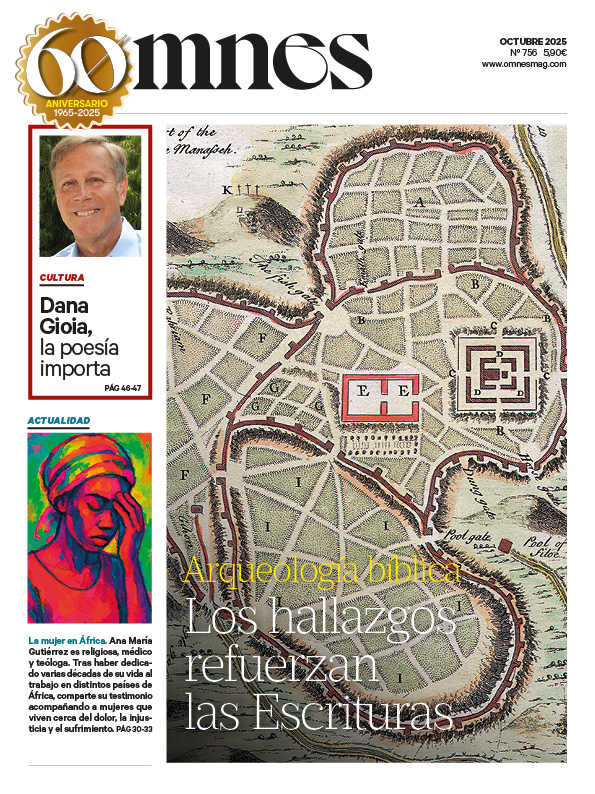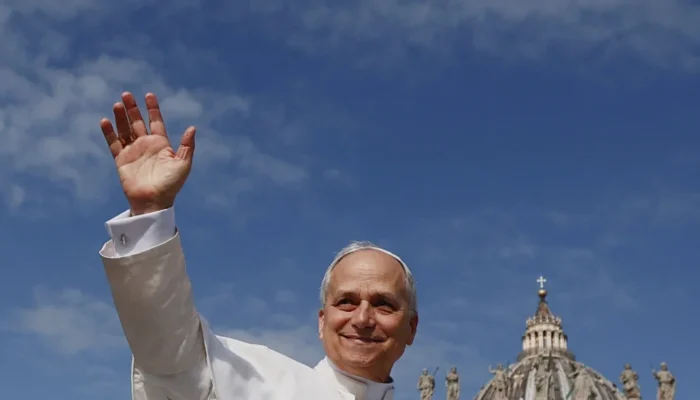A glance at the Internet is enough to see that in the last few years a new cultural current has appeared, to call it in some way: terraplanism. It would really be very interesting to study how this set of ideas has been able to emerge and sustain itself in the 21st century, but this is not the purpose of these lines.
What interests me now is that, in this context, it has come to be asserted that the Catholic Church strongly defended in the Middle Ages the flatness of the earth, even against scientists like Galileo who claimed the contrary. It seems that this myth was spread in the 17th century, in the context of the Protestant campaign against Catholic doctrines. Somewhat later it would be taken up by some authors of the 19th century -such as John William Draper or Andrew Dickson White- who tried to sustain an apparent conflict between science and faith. Washington Irving's work on Columbus' voyage, and the alleged problems he had in defending the viability of his voyage because of this issue, undoubtedly contributed to consolidate this idea in the popular imagination.
My purpose with these lines is to make it clear that this alleged defense of the flatness of the Earth on the part of the Church is nothing more than one of the many fallacies that are usually put forward in the supposed battle between scientific knowledge and religion.
The origins of the idea of a spherical Earth
It seems that Pythagoras was the first to propose that our planet is spherical. He considered that the Earth was one among the many celestial bodies that populate the Cosmos and, therefore, it was logical to think that our beloved planet was round, like all the stars. However, the truth is that this doctrine had very few followers at that time.
It was not until the 4th century BC that the sphericity of the Earth began to be accepted. In his dialogue "Phaedo", Plato puts in Socrates' mouth the affirmation that the world is round and, some years later, Aristotle presents in his work "On Heaven" the main arguments in favor of this idea. It is based in the first place on the change of the distance to the horizon of the constellations, which all sailors observe when heading north. And secondly, in the observation of lunar eclipses: it is evident that the shadow cast by the Earth on the Moon is perfectly circular.
After the proofs presented by Aristotle, the idea of the roundness of the earth gradually spread throughout the Mediterranean, with practically no serious thinker opposing it. It is true that few understood how things could be sustained on what we might call "the underside"... But that is another story.
As early as 240 BC, Eratosthenes found a way to measure the diameter of the Earth by looking at the angle of sunlight on the surface. In this way he calculated that our beloved planet has a diameter of about 12,000 kilometers and a circumference of about 40,000 km. He was quite right: the correct figure is 40,091 km at the equator.
The Christian and medieval vision of terrestrial sphericity
As Pliny the Elder (+ 79) states in his "Naturalis historia", the roundness of the Earth was generally assumed by educated people at the time when Our Lord was born. And undoubtedly, among those educated people were the fathers of the Church and the theologians of the first centuries of our era.
There are many texts that make it clear that this was the general opinion among Christian thinkers. We can cite as examples the writings of St. Augustine, Boethius, St. Isidore of Seville or St. Bede the Venerable, all of them leading lights of theology. And the same can be said of Eastern and Arabic thinkers. It is true that some authors, such as St. John Chrysostom, opposed this vision of the Earth. But it can be said that these were exceptions; from the eighth century onwards no scholar worthy of the name questioned the sphericity of the planet. In this context it is interesting to see, for example, that when St. Thomas Aquinas, already in the 13th century, touches on the subject in the "Summa", he does so on the assumption that all his students know this reality. Another thing, of course, is that the citizen "in the street" would be aware of it...
A clear example of the extension of this belief is the widespread use of the "globus cruciger" (the representation of the world as an orb crowned by the cross), in many kingdoms of Europe: it is attested since the time of Emperor Theodosius II (401 - 450), and throughout the Middle Ages. And a good number of religious images, such as the well-known image of Our Lady of Montserrat, or the representations of Christ "Salvator Mundi" also show this firm belief in the roundness of the Earth. But let's look at one last example, in my opinion quite interesting. I am referring to the coat of arms of the centuries-old Carthusian order: it represents the world crowned by the Cross of Christ, and with a motto that is not to be missed: "Stat Crux dum volvitur orbis"; the Cross remains stable while the world revolves.
In short: the idea of a medieval church defending that the Earth is flat does not seem to stand up to a simple historical analysis. Rather, it seems to be a new case of the eagerness of some to find, even if artificially, a conflict between science and faith.
Physicist and priest.







